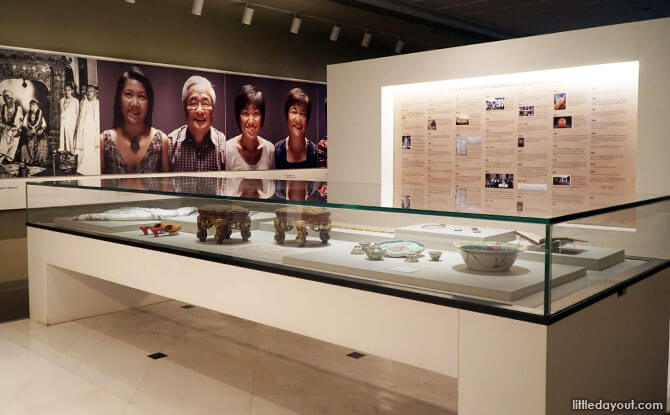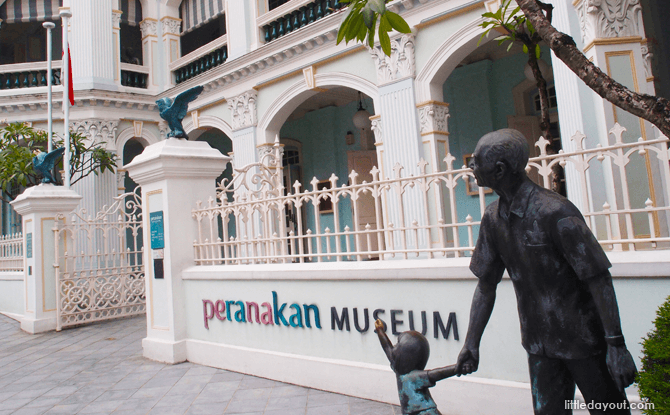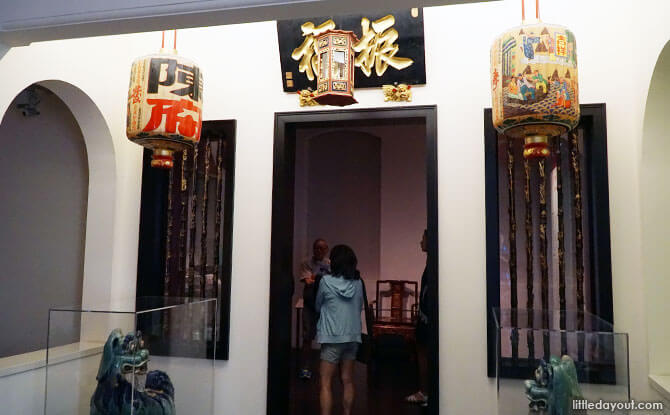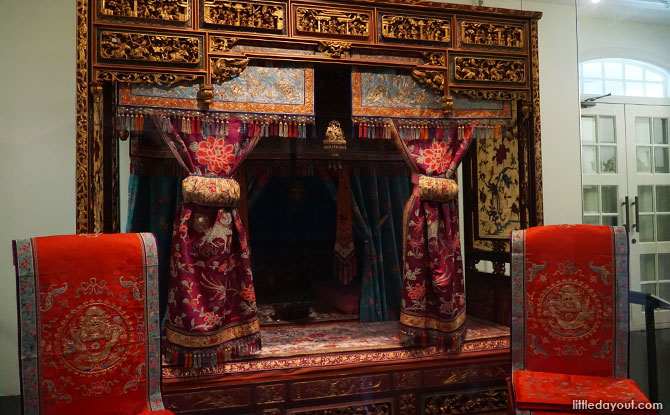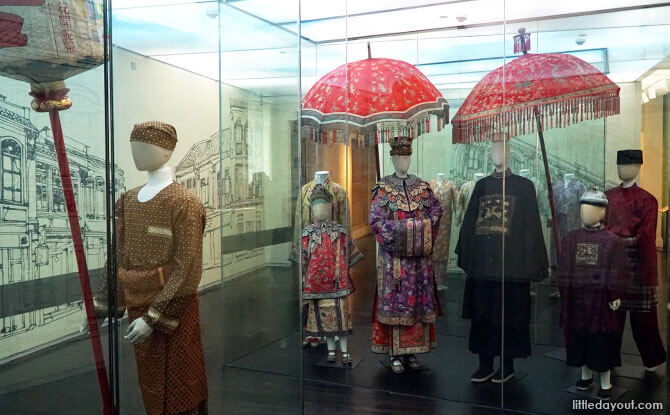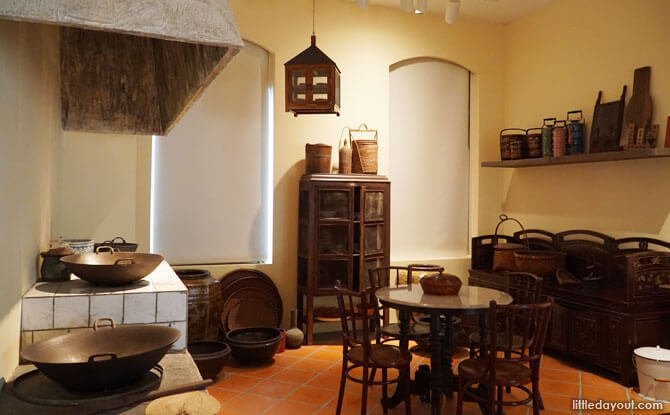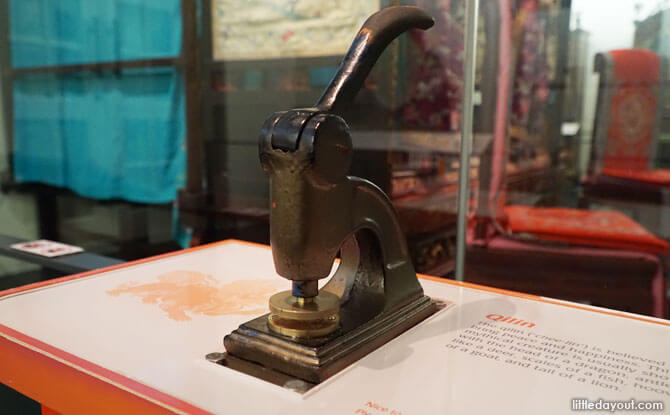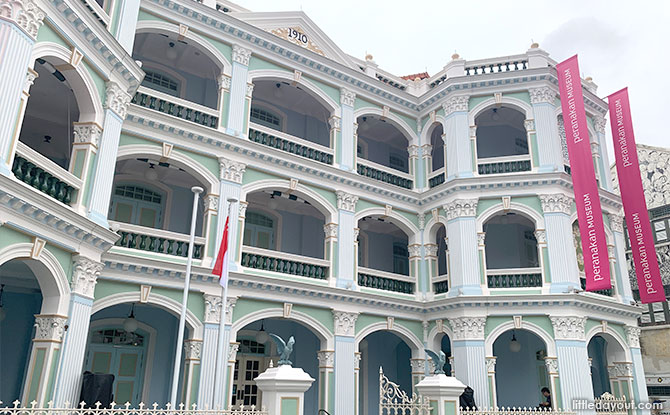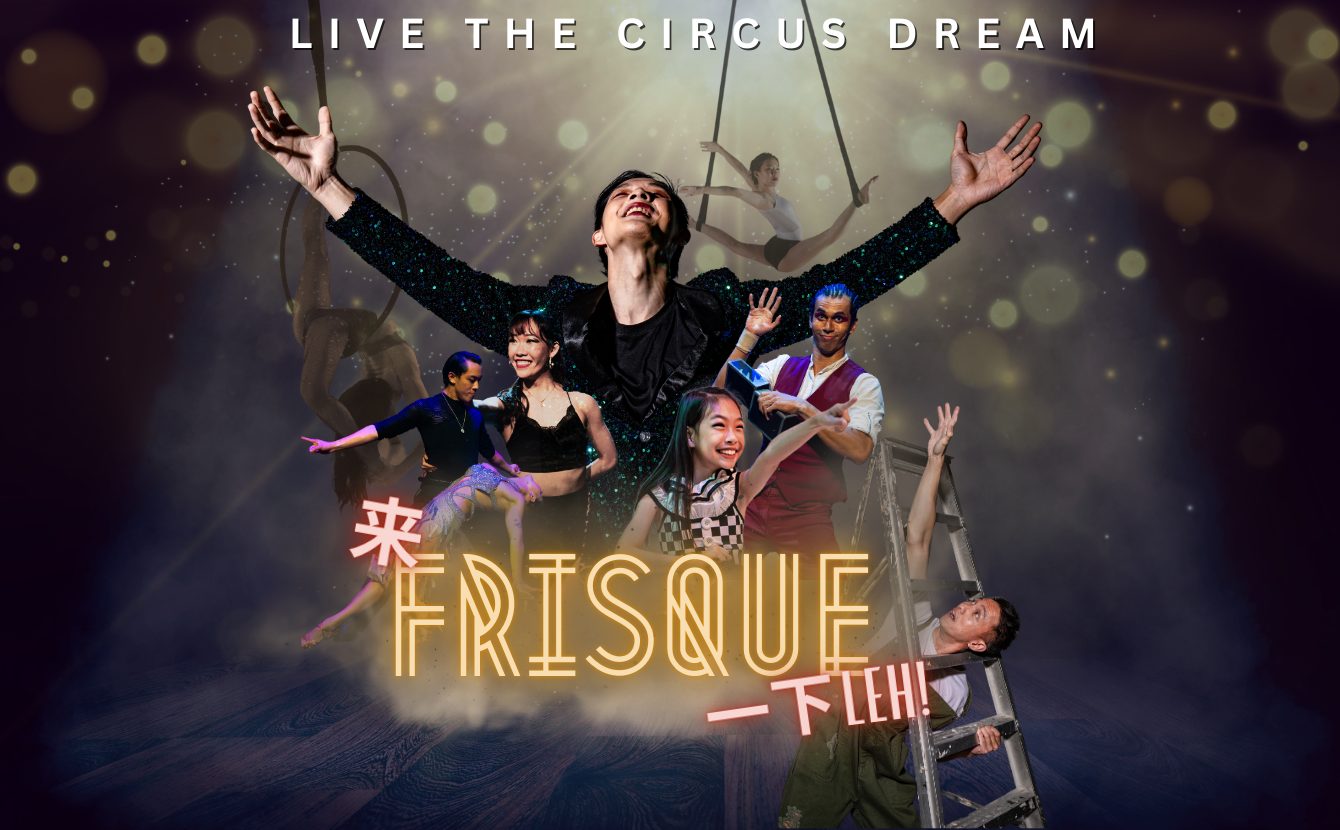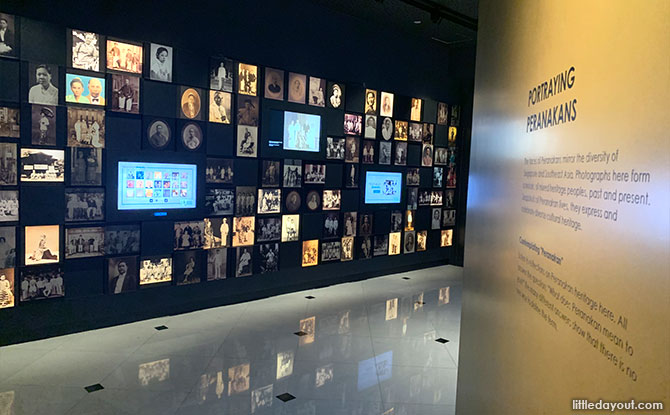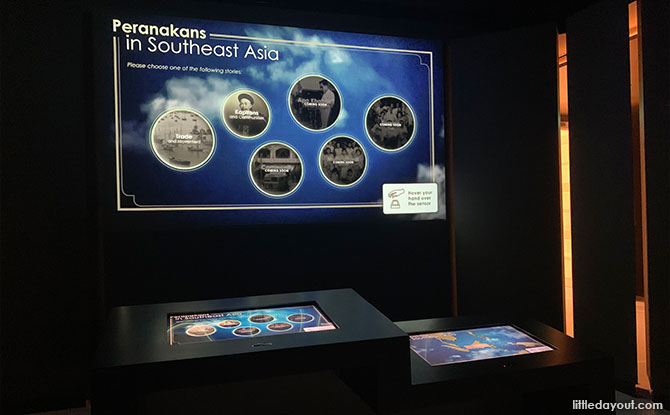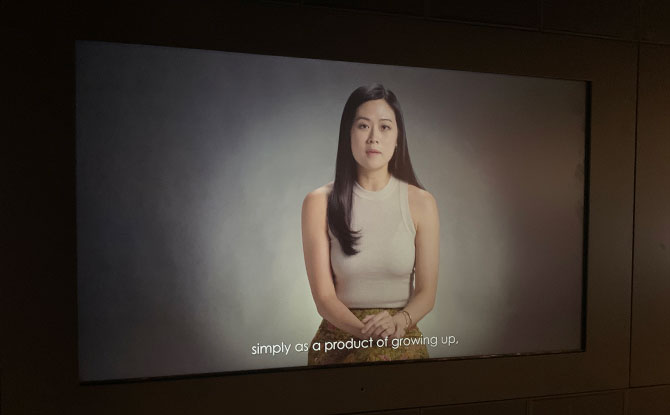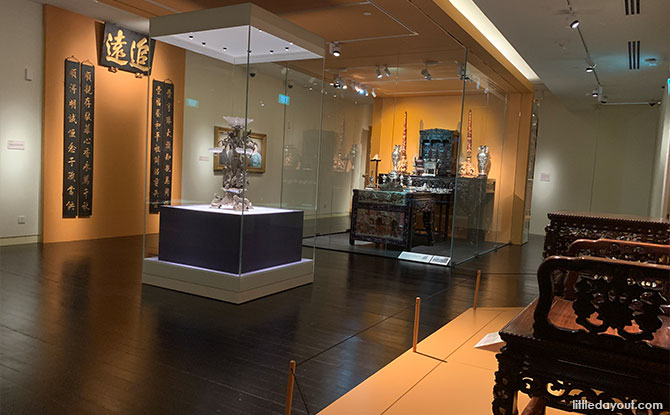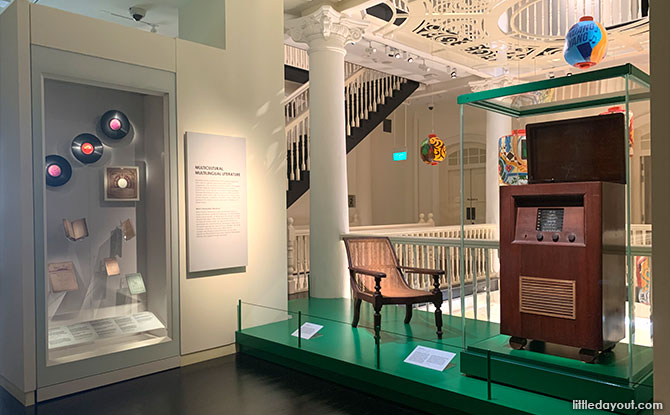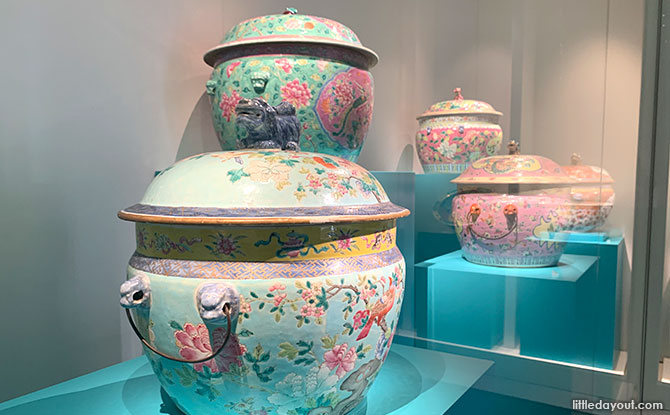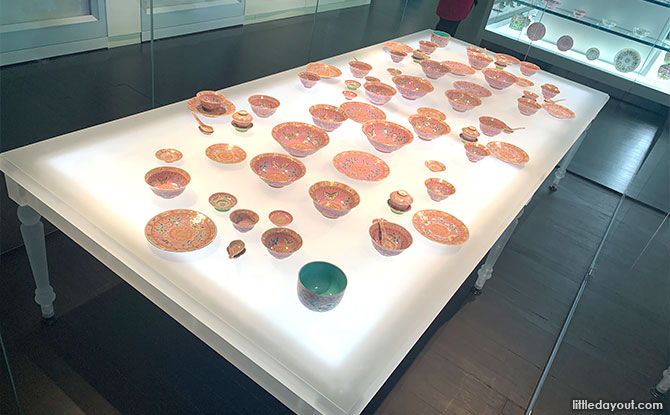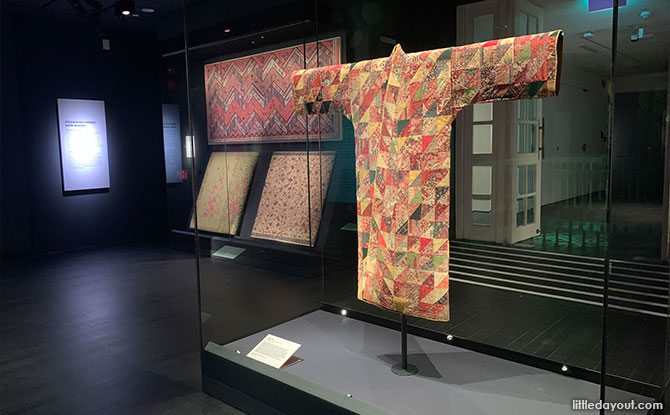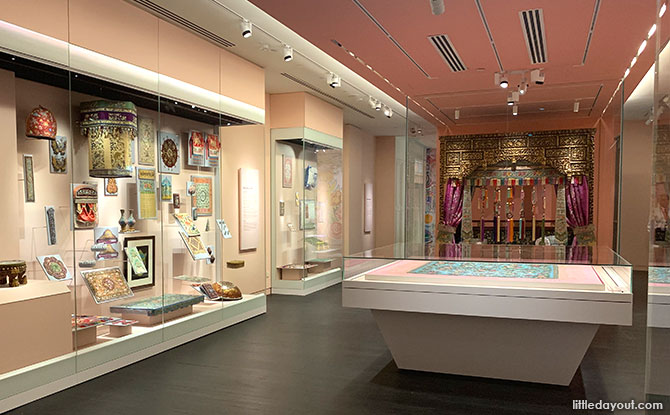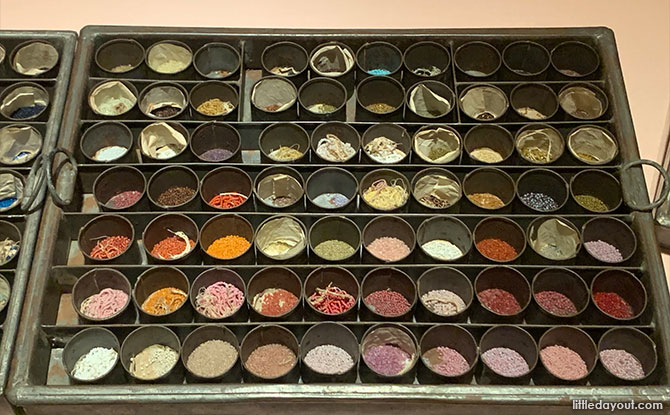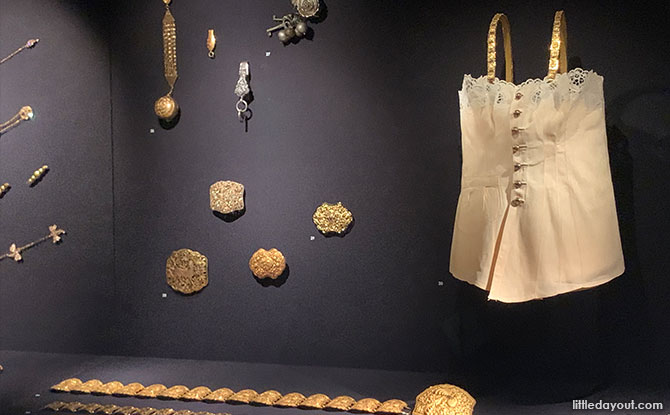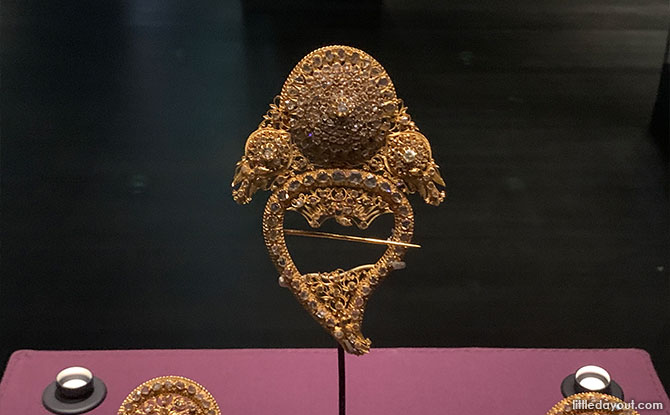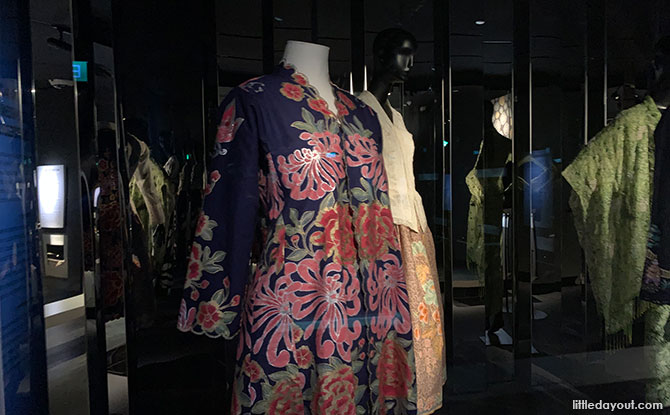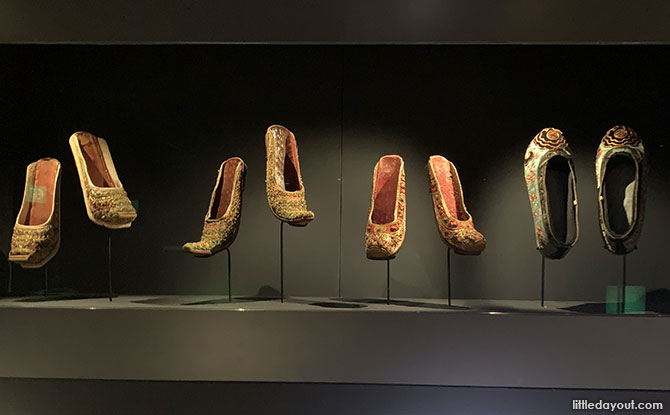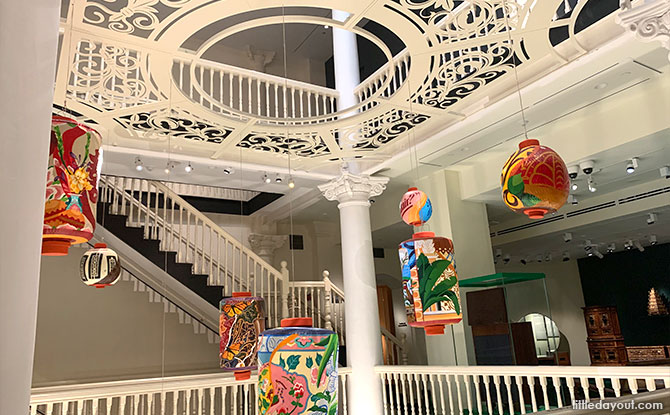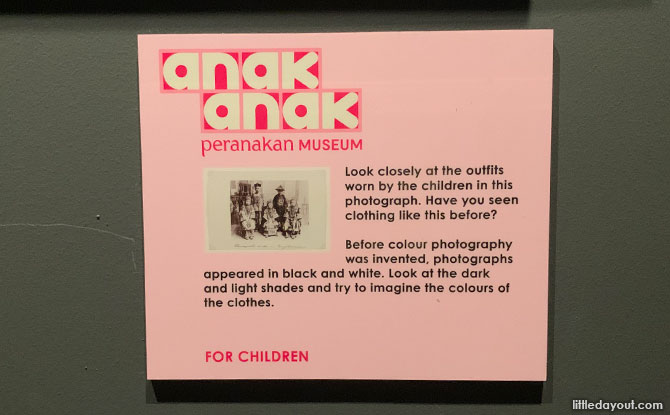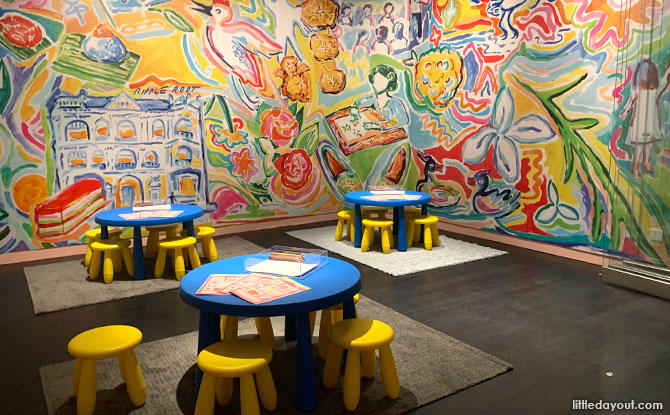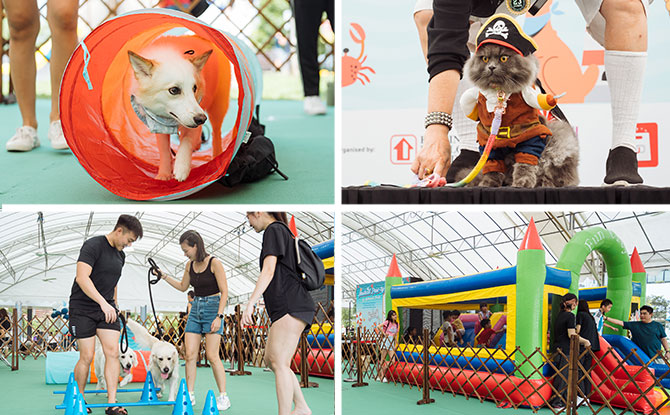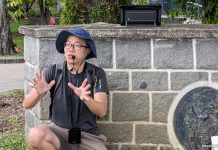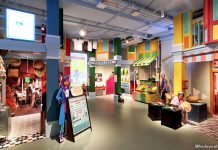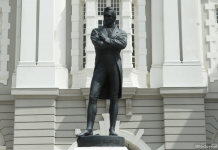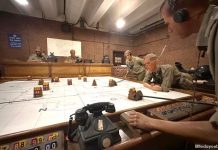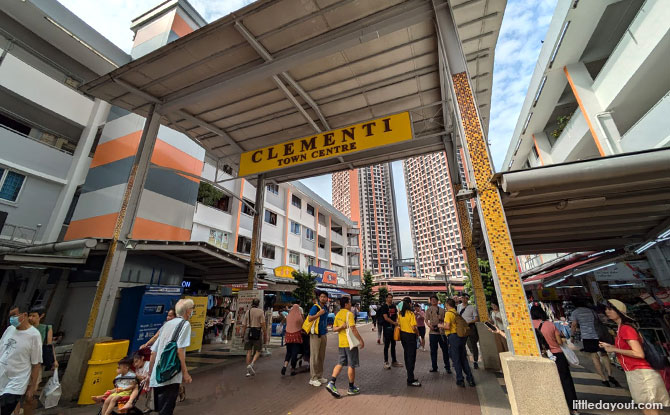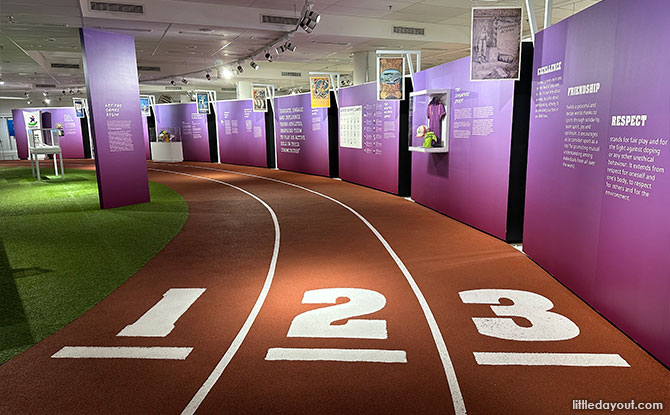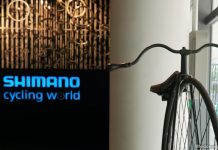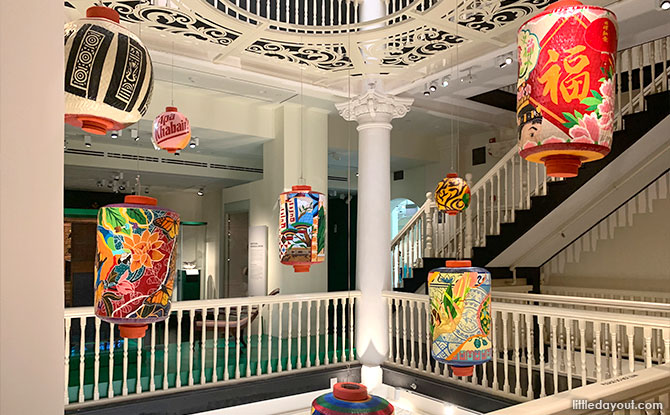
Beaded slippers, sarong kebaya and ornate furniture. These are some of the objects closely associated with the Peranakans that visitors to the Peranakan Museum at Armenian Street can discover.
Overview of Peranakan Museum
The Peranakan Museum is spread out over three stories of the charming old Tao Nan School building. The school was in operation from at the location from 1912 till 1982.
Today, instead of school children learning their lessons, visitors to the building learn about Peranakan culture and identity.
Year-end Holiday Camps: Discover Fun and Exciting Camps for Kids; Book Early
Farm Fright: Join City Sprouts For Their Halloween Bash On 26 Oct
It had closed for renovations on 1 April 2019 and will reopen to the public on 17 February 2023.
Over 800 objects are on display at the refreshed Peranakan Museum. These range from newly acquired or generously donated objects to well-loved artefacts and set pieces.
Each of the three levels of the Peranakan Museum is organised by a separate theme. Each level offers visitors a chance to gain a deeper understanding of the unique culture and identity of the Straits-born peoples.
The first floor is based the theme of Origins, while the second and third are based on the themes of Home and Style respectively.
Level One: Origins
Many will associate Peranakans with those who trace their ancestry to the inter-marriage of Chinese men, who came to the Malaya archipelago in search of work, with the local women. This mixed parentage resulted in a blend of cultures with their descendants being known as Peranakan.
However, Peranakan culture is much wider than this. It includes other communities that inter-married with the locals.
With a focus on inclusivity, the Peranakan Museum explores the multi-faceted diversity of Peranakan culture and communities including Arab Peranakans, Chinese Peranakans, Chitty Melakans (or Peranakan Indians), Eurasian Peranakans and Jawi Peranakans.
In the Origins gallery at level one, visitors are introduced to the diverse origins of the Peranakans.
Amongst the exhibits is an interactive table.
There are also video interviews where interviewees share what being Peranakan means to them.
Level Two: Home
The second floor of the museum is based on the theme Home. This focuses on family and community life.
One of the galleries on this floor is based on different Peranakan homes around Singapore. Furniture, portraits and furnishings are grouped together based on their once-shared homes. Many of the homes where these items came from, such as Botan House that belonged to shipping magnate Tan Kim Tian (1832 – 1882), have been demolished, making their place together in the gallery even more poignant.
Another section of the second floor provides a peek into the social life of the Peranakans, including their past times and entertainments.
Peranakans are synonymous with good homecooked food. This food culture is represented through a series of displays on nyonyaware.
Another installation features the tok panjang, or a traditional long dining table which is laid out with custom dining ware.
Level Three: Style
The third floor of the Peranakan Museum is dedicated to Style. Here, decorative Peranakan textiles like batik are showcased.
Various textiles are also displayed, showing how they decorate the Peranakan household.
An interesting display shows the beads that go into Peranakan needlework.
A jewellery gallery features more than 180 pieces.
Amongst the heirlooms on display are a Chitty Melakan addigai necklace, an Arab Peranakan hairpin, and a set of adornments from one of the oldest Chinese Peranakan families in Sulawesi, Indonesia.
A final gallery highlights the fashion worn by Peranakans, such as sarong kebaya, footwear and bags.
There are over 130 objects in this gallery and some items to look out for include a batik cheongsam worn by the late Madam Kwa Geok Choo, a sarong kebaya worn by Ivan Heng for a Wild Rice 2019 production of Stella Kon’s Emily of Emerald Hill, and a pair of beaded slippers worn by lead actress Jeanette Aw in the blockbuster drama series The Little Nyonya (2008).
Contemporary Art Installations
The museum’s central airwell features an art installation Coming Home by artist Sam Lo. It is inspired by the tension between tradition and modernity in Peranakan culture, and is a body of work based on the artist’s search for their cultural identity.
The work is meant to invoke a feeling of homecoming and to celebrate the lives of generations of Peranakans.
Another artwork can be found on level two. Sheltered Dreams by Lavender Chang features portraits of living rooms in HDB homes, capturing the passage of time and everyday life at the heart of the home.
For Kids
Families with young children visiting the Peranakan Museum can look out for special labels in pink labelled Anak Anak that are intended for younger audiences.
There is also an activity area for children on level three.
Visiting the Peranakan Museum
Mr Kennie Ting, Director of Asian Civilisations Museum and Peranakan Museum said, “In Malay, the word ‘Peranakan’ has ‘anak’, or ‘child’ as its root, and means ‘locally-born’ or ‘of the same womb.’ It was a welcoming and inclusive sort of word, used by Malay-Indonesian communities in Southeast Asia to refer to other communities who had made a home in this region, and blended the rich local culture with their own proud heritage. Peranakan communities are thus cross-cultural in nature, and speak to the sort of cultural diversity and mixing inherent in Southeast Asian port cities such as Singapore. The Peranakan story is a port city story, and thus an integral part of the Singapore story. Singapore’s exhilarating, cross-cultural, port city heritage in turn informs and grounds the curatorial approach for the refreshed Peranakan Museum.”
Where: 39 Armenian Street, Singapore 179941
Opening Hours: 10 am to 7 pm, daily. On Fridays, open till 9 pm.
Free for Singaporeans and Permanent Residents
Website
From the Archives
The following images are of the Peranakan Museum before it was revamped and reopened in February 2023.
